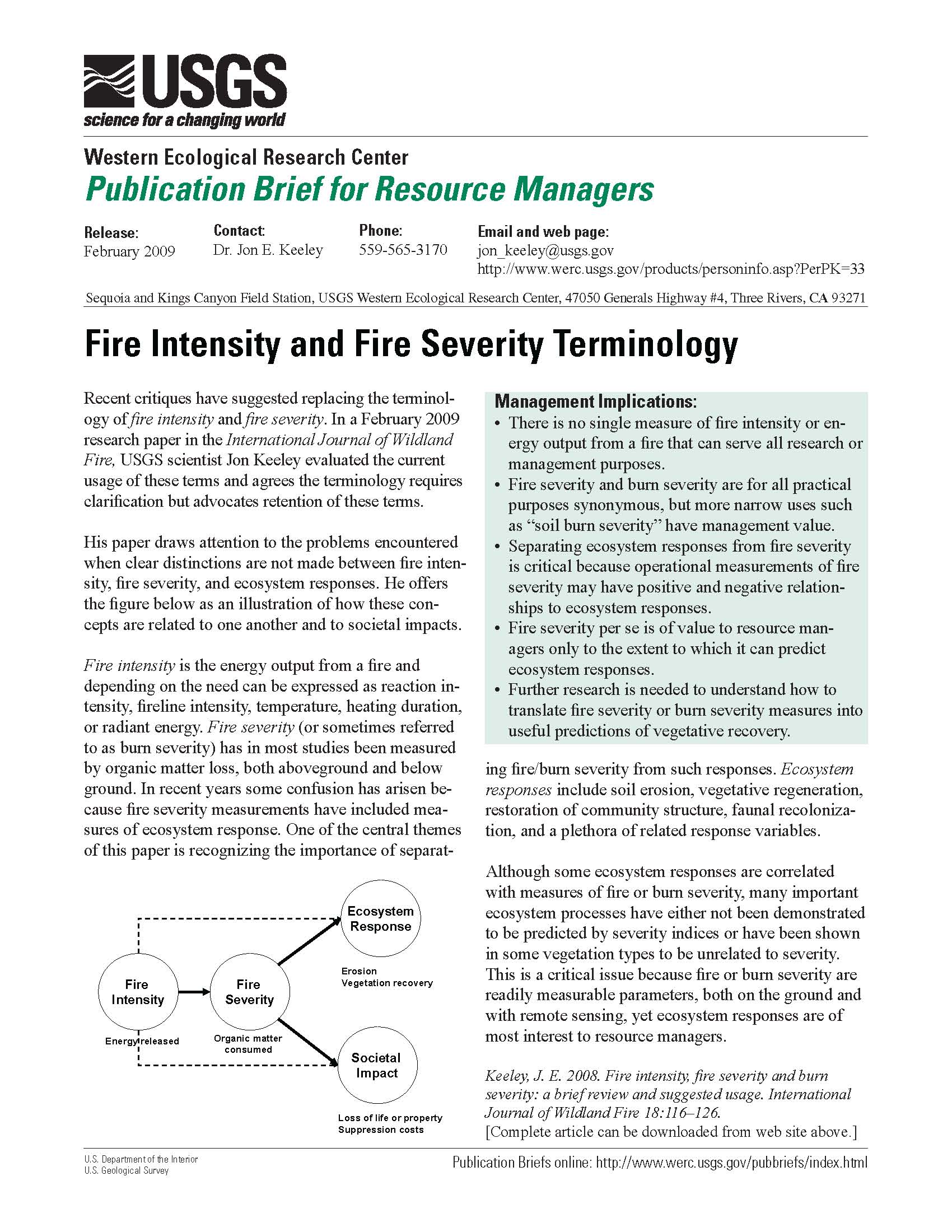- Home
- About S&T
- Taxa/Organisms
- Ecosystems
- Issues
- Methods & Tools
- Reports & Publications
- Location
- Search
2009 | Publisher: USGS | Science Center: Fort Collins Science Center (FORT, Ft. Collins) | Format: URL
www.fort.usgs.gov — Riparian vegetation composition, structure and abundance are governed to a large degree by river flow regime and flow-mediated fluvial processes. Streamflow regime exerts selective pressures on riparian vegetation, resulting in adaptations (trait syndromes) to specific flow attributes. Widespread modification of flow regimes by humans has resulted More...

2009 | Publisher: USGS | Format: URL
pubs.usgs.gov — Beulah Reservoir on the north fork of the Malheur River in northeastern Oregon provides irrigation water to nearby farms and ranches and supports an adfluvial population of bull trout (Salvelinus confluentus), which are listed as threatened under the Endangered Species Act. Water management in Beulah Reservoir results in seasonal and annual More...

November 2008 | Publisher: USGS | Science Center: Western Ecological Research Center (WERC, Sacramento) | Format: URL
www.werc.usgs.gov — Species distribution models are widely used, at multiple scales, to predict the geographical distribution of habitat suitability or species occurrence. Several studies have found that more accurate predictive models of species occurrences can be developed for rarer species. One recent study, however, found the relationship between range size and More...

2008 | Publisher: Other Federal Agency (United States Fish and Wildlife Service (USFWS)) | Format: .PDF
www.fws.gov — This report is the result of a cooperative effort between the National Oceanic and Atmospheric Administration's (NOAA) and the U.S. Fish and Wildlife Service (FWS). The efforts to monitor coastal wetland status and trends described in this report have been enhanced by the multi-agency involvement in the study's design, data collection, More...

2008 | Publisher: USGS | Science Center: Western Ecological Research Center (WERC, Sacramento) | Format: URL
www.werc.usgs.gov — Recent critiques have suggested replacing the terminology of fire intensity and fire severity. In a February 2009 research paper in the International Journal of Wildland Fire, USGS scientist Jon Keeley evaluated the current usage of these terms and draws attention to the problems encountered when clear distinctions are not made between fire More...

September 10 2007 | Publisher: Other (Columbia Basin Fish and Wildlife Authority) | Format: .DOC
www.pnamp.org — This report is from a collaboration between scientists Jeff Uebel, (USFS), Sam Chan (OSU Sea Grant Extension), Scott Weidemer (OSU Sea Grant Extension), and Tania Siemens (Invasive Species Ecologist and OSU Research Associate), who met to strategize the development of an Aquatic Invasive Species Early Detection and Reporting (EDR) System for the More...

2007 | Publisher: USGS | Format: .PDF
pubs.usgs.gov — Ospreys are large fish-eating birds of prey that live along seacoasts, lakes, and rivers. Three times since 1977, USGS zoologist Chuck Henny has led an international team to survey ospreys and other water birds that nest in northwestern Mexico. This USGS report details the long-term dataset and estimates on regional population trends.

2007 | Publisher: USGS | Format: URL
pubs.usgs.gov — This report documents the spatial trends in accumulative contaminants, health indicators, and reproductive biomarkers in Largemouth bass (Micropterus salmoides) and common carp (Cyprinus carpio) in the southeastern United States to document.

2007 | Publisher: USGS | Science Center: Fort Collins Science Center (FORT, Ft. Collins) | Format: URL
www.fort.usgs.gov — This report, extracted from the FORT annual report submitted to the Central Region, contains selected science highlights from 2007 along with products, presentations, awards, and all the internal management pieces. This Open-File Report is a condensed version of the regional submission and includes science accomplishments, major workshops, More...

2007 | Publisher: Other Federal Agency (United States Forest Service) | Format: .PDF
www.fs.fed.us — This journal article, published by Ecosystems Journal, discusses the influences of wildfire and channel reorganization on spatial and temporal variation in stream temperature and the distribution of fish and amphibians. Scientists studied stream temperatures in relation to wildfire in small streams in the Boise River Basin, located in central More...

2007 | Publisher: USGS (Colorado Plateau Research Station) | Science Center: USGS Other | Format: .PDF
pubs.usgs.gov — The Southwestern Willow Flycatcher (Empidonax traillii extimus) is an endangered bird that breeds only in dense riparian habitats in six southwestern states (southern California, extreme southern Nevada, southern Utah, southwestern Colorado, Arizona, and New Mexico). Since 1993, hundreds of Southwestern Willow Flycatcher surveys have been More...

2006 | Publisher: Other (Springer) | Format: URL
www.springer.com — Monitors of Organic Chemicals in the Environment, written by two CERC scientists (Jim Huckins and Jim Petty) and a collaborator from The Netherlands (Kees Booij). Twenty years ago, scientists at the Columbia Environmental Research Center began developing a diffusion membrane to aid in isolating contaminants from fish tissue, which ultimately led More...
